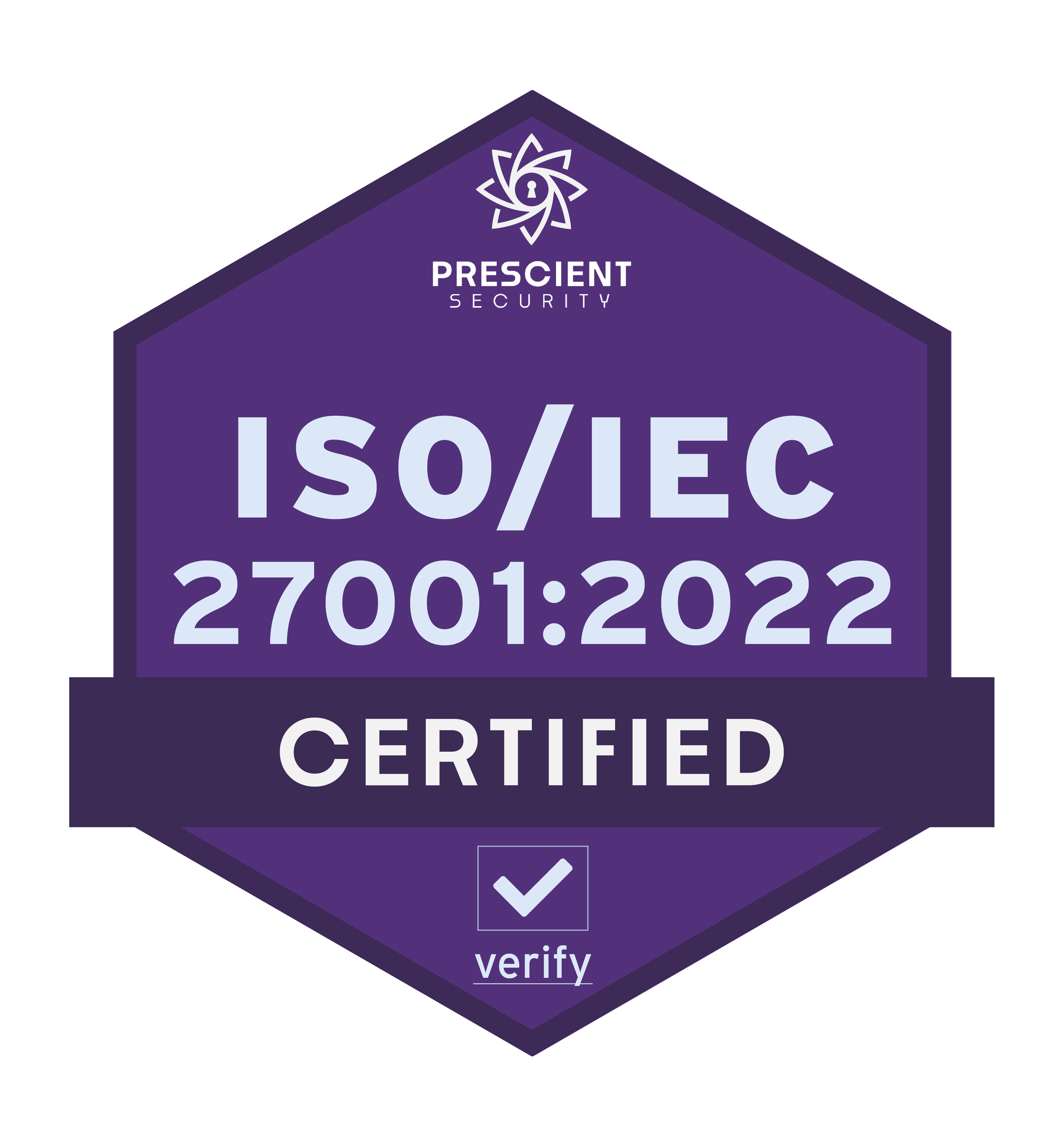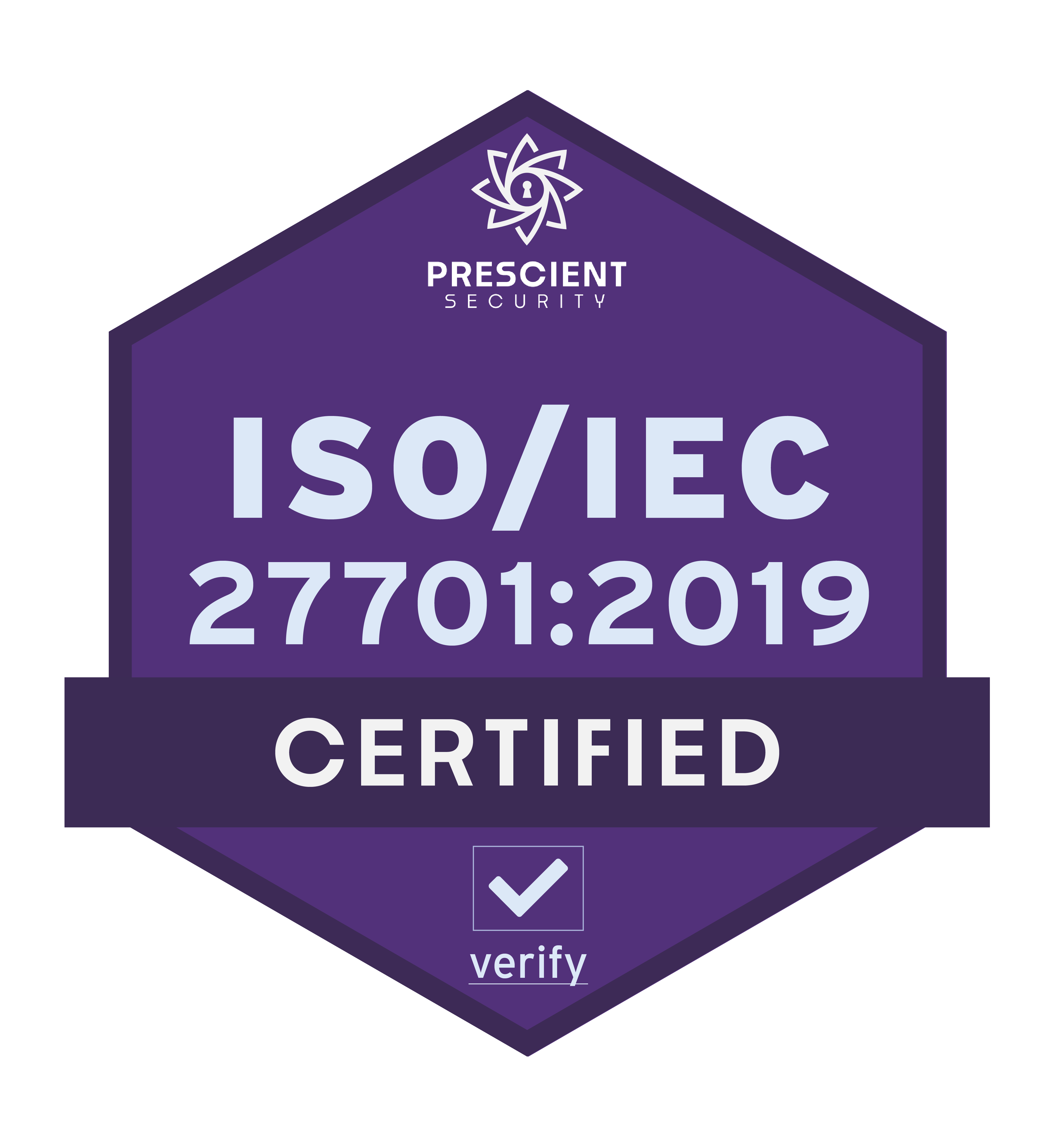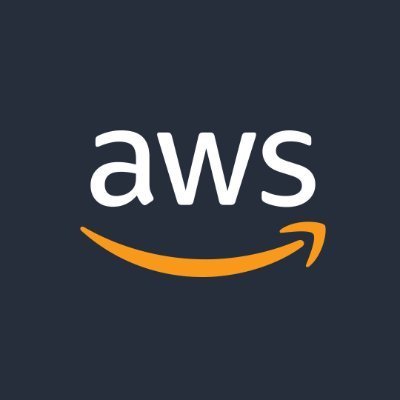Monitoring
Compliance
We adhere to the highest standards of security.
SOC 2 Type 1
Service Organization Controls (SOC 2) (Type I) trust services principles

SOC 2 Type 2
Service Organization Controls (SOC 2) (Type II) trust services principles
SOC 3
Service Organization Controls (SOC 3)

ISO 27001
ISO/IEC 27001:2022 Information security, cybersecurity and privacy protection - Information security management systems - Requirements

ISO 27701
ISO/IEC 27701:2019 Security techniques - Extension to ISO/IEC 27001 and ISO/IEC 27002 for privacy information management - Requirements and guidelines
GDPR
Protect the personal data and privacy of EU citizens for transactions that occur within EU member states.
CCPA
In progress. (Last updated August 2024)
EU-US DPF
EU-U.S. Data Privacy Framework (EU-U.S. DPF), the UK Extension to the EU-U.S. Data Privacy Framework (UK Extension to the EU-U.S. DPF), and the Swiss-U.S. Data Privacy Framework (Swiss-U.S. DPF)
Resources
Access materials in just a few clicks.
Terms of Service
Privacy Policy
End User Privacy Policy
Acceptable Use Policy
Data Processing Addendum
Vunerability Disclosure Program
SOC 2 Type 2
SOC 3 Report
Penetration Test Report
ISO 27001 Certificate
Subprocessors

Amazon Web Services
Cloud Service Provider

Segment
Analytics Tracking Platform

Sentry
Error Tracking Platform

Slack
Internal Communication

HappyFox
Customer Support Platform